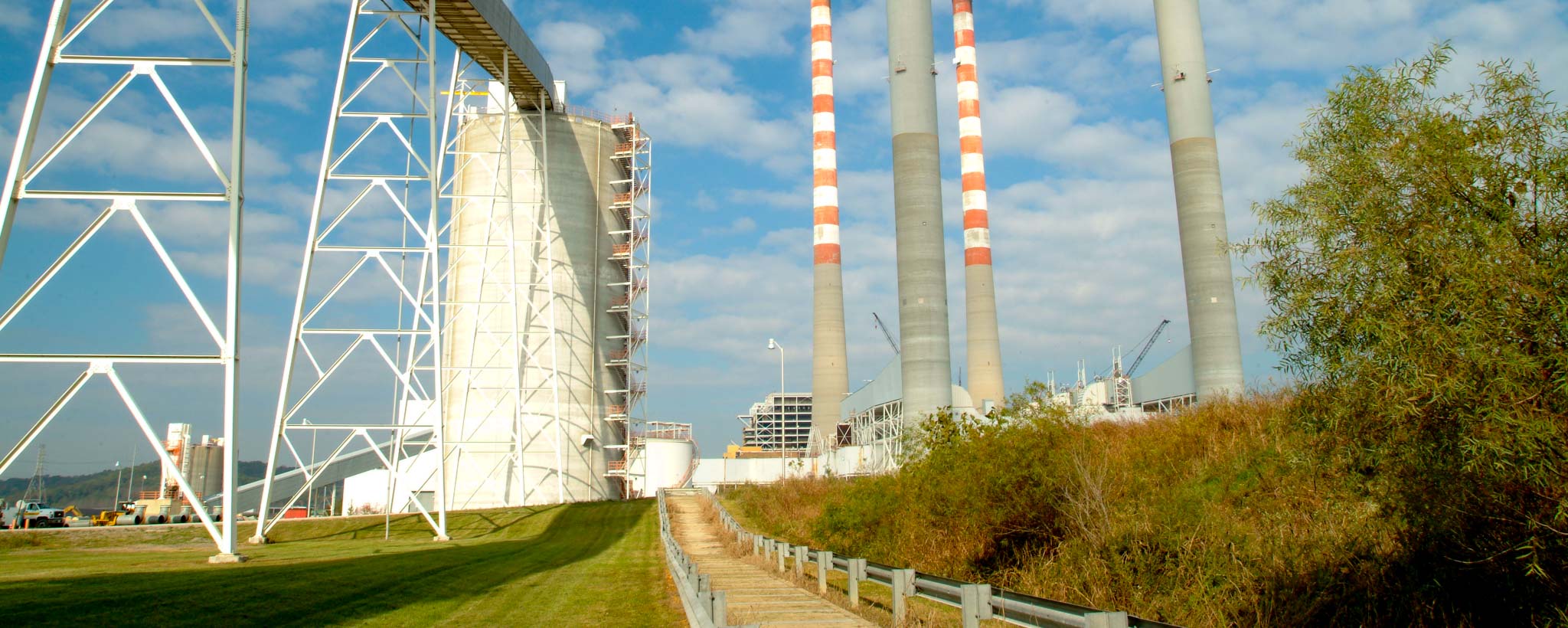Fossil Power
Most of the electricity that TVA makes is generated at the six coal-fired power plants that TVA runs across the Tennessee Valley. These plants burn coal to make electricity. They are also called "fossil" plants because the coal they burn was formed from the remains of prehistoric plants. Fossil plants make up about 15 percent of the power TVA generates.
How Does a Fossil Plant Work?
Electricity is made at a fossil plant by burning coal, which heats water in a boiler to produce steam. The steam, under a lot of pressure, flows into a turbine, and the turbine spins a generator to make electricity.
TVA's Kingston Plant near Knoxville, Tennessee, is a good example of a fossil plant. It can generate about 10 billion kilowatt-hours a year, or enough electricity to supply 700,000 homes. To meet this demand, Kingston burns about 14,000 tons of coal a day, an amount that would fill 140 railroad cars.
As TVA has shifted its portfolio to focus on clean energy, some coal plants have fallen by the wayside. Here's a look at five coal-burning giants that have been closed over the years.
Coal Use and the Environment
The burning of coal to produce power can help cause air pollution. Scientists have also linked fossil plants to climate change, the gradual, possibly harmful, warming of the world's climate. TVA is among the world leaders in finding ways to help control environmental damage from fossil plants.
